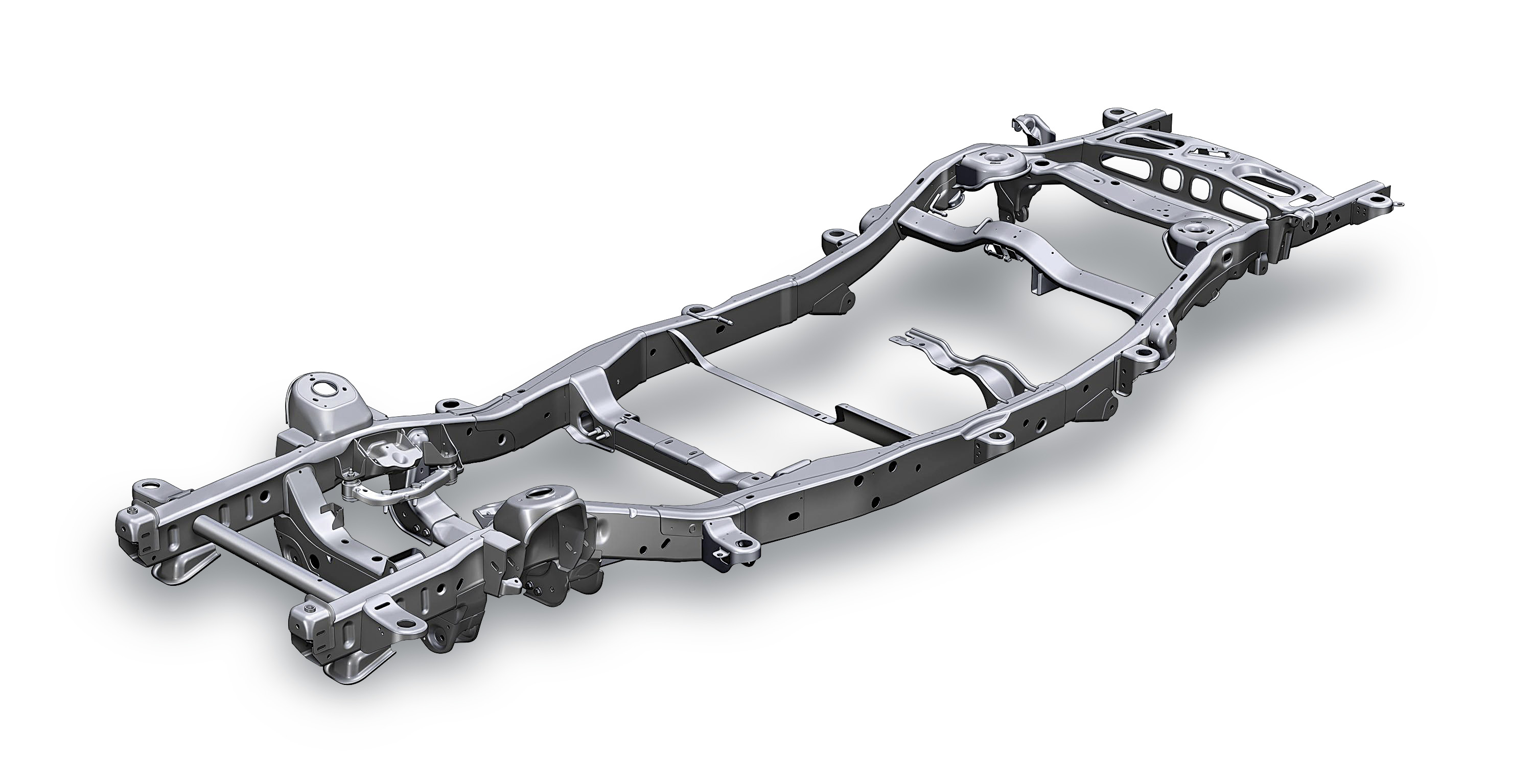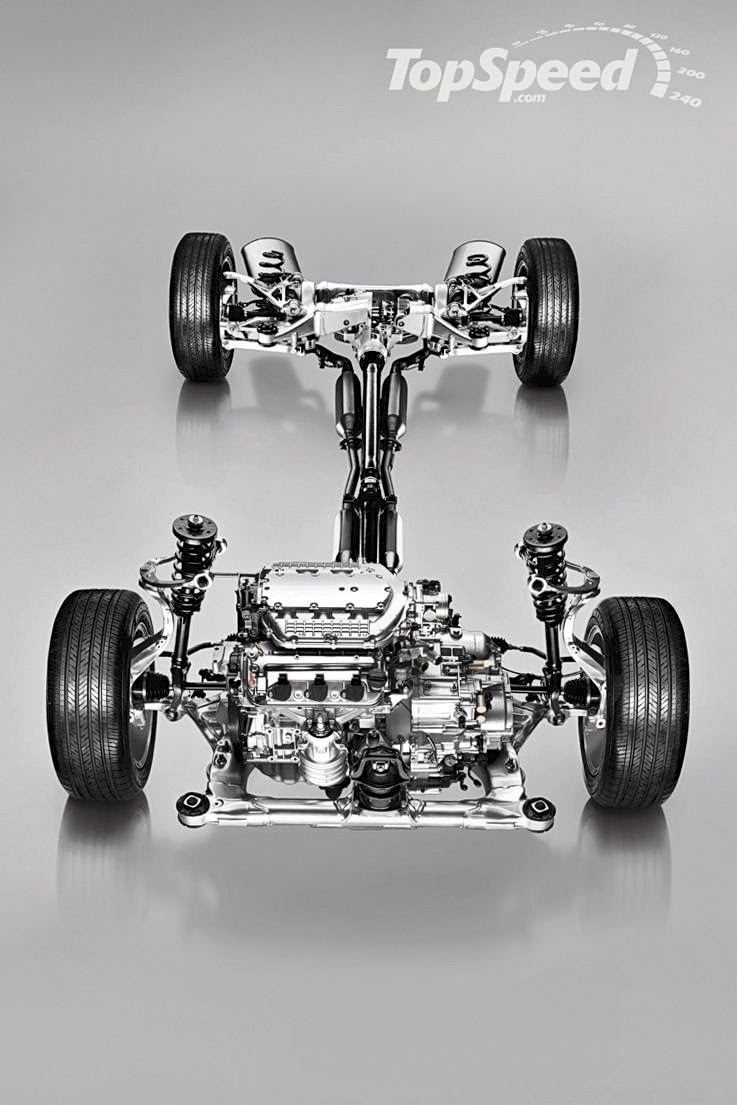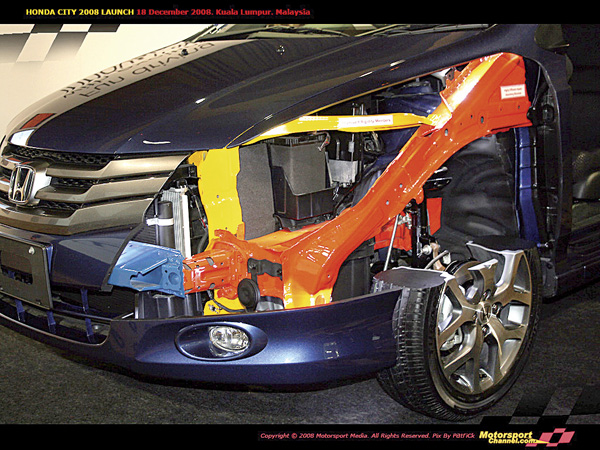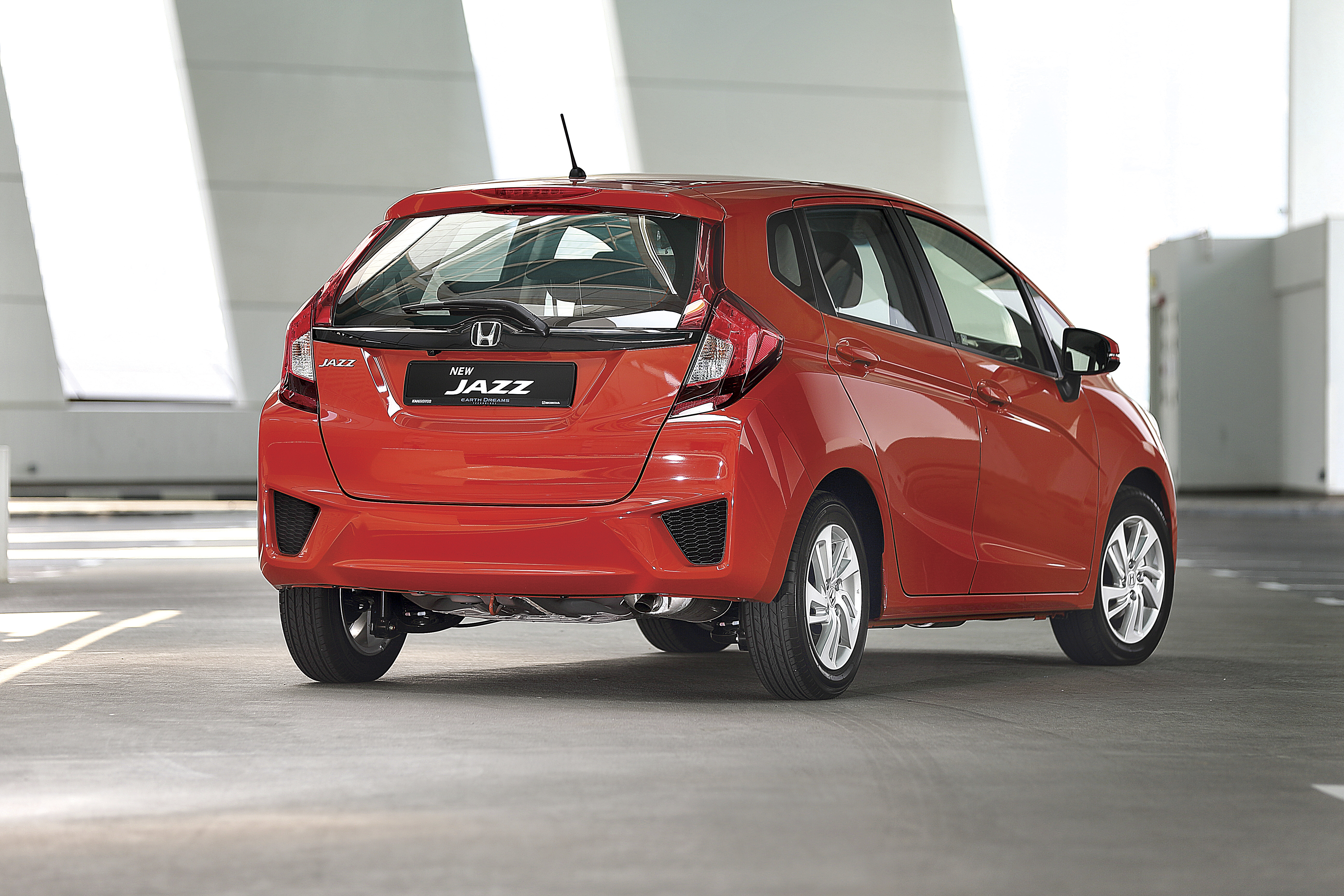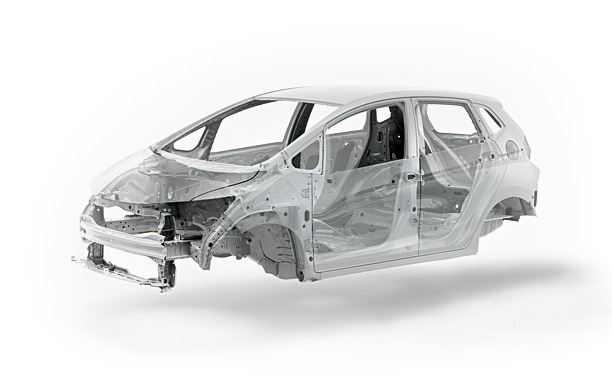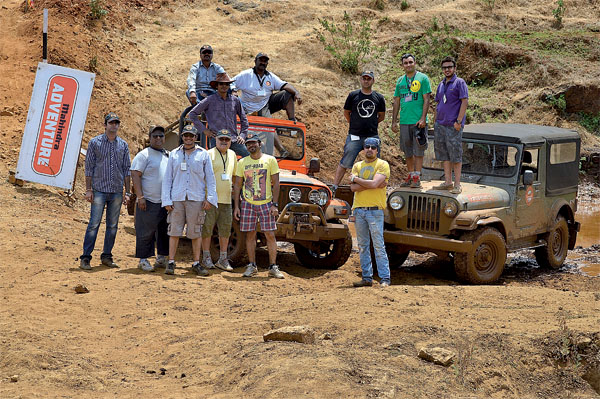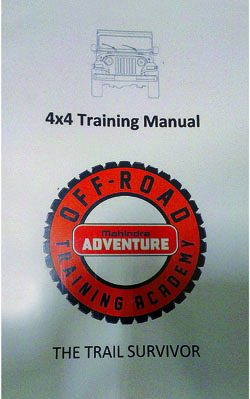CHASSIS. THE SKELETON OF YOUR CAR.
In Part Two of our series on automotive technology, we cover the system that forms the base for every car. Whether it’s the simple ladder frame or a carbon fibre monocoque, the chassis goes a long way in defining a car. Let’s find out how.
THE BUILDING BLOCKS.
In Part One of this series, we covered automotive design technology. We showed you how great design does more than just make a great-looking car on the inside and outside; it helps build a car that makes life much more comfortable, simple and adds efficiency while being aesthetically pleasing. This time, we’re turning our gaze inwards. We’re looking at a very basic structure, a skeleton on which the car is built — the chassis.
Over the years, this basic structure has undergone a number of changes, and like everything else, it has evolved. It’s widely known that the chassis plays a major part in vehicle dynamics. Advancements in technology brought in the possibility of using different materials and creating different types of chassis. Before we run through the various types, let’s make it clear that we’re not following a chronological development of chassis types. Automobile manufacturers experimented and created what they could with the means available to them. As a result, there were many different types created during various times between the 1930s and today. A lot of types co-existed in the early days and the same continues today. Let’s check out some of the popular types.
FOUNDATIONS: THE LADDER FRAME
Traditionally, the chassis is the internal framework, or the under part of an automobile. The running gear consisting of the wheels, suspension, engine, transmission, driveshaft, differential and steering system is attached to the chassis. Together, this combination of the chassis and the running gear is referred to as the rolling chassis. The body is then mounted on the rolling chassis and this would complete the vehicle. The type of chassis that is typically used for this procedure is called a ladder frame and the term for this construction is body-on-frame. The inspiration for this came from carriages that literally ran on horse power. Today, this combination is mainly used by commercial vehicles and SUVs like the Mahindra Scorpio. It’s common practice for manufacturers to set up a rolling chassis and leave the body work to custom coachbuilders. This is why we see rolling chassis with just a driver’s seat and lights being driven on our highways. Though it’s very rugged, easy to design, build and modify, this form has its disadvantages. Vehicles made by this method are heavy and performance and fuel efficiency are affected. They are also far less resistant to torsional flexing, thus compromising handling and road grip. The lack of a crumple zone in this design also causes higher rate of injury in case of accidents. But there have been advancements in the traditional ladder frame chassis. The new Scorpio and the Aria have aluminium ladder frame chassis made by a process called hydroforming which gives this chassis a higher stiffness-to-weight ratio.
DIVERSIFICATION: THE BACKBONE AND SPACE FRAME
Backbone tube: Similar to the body-on-frame, the backbone tube chassis didn’t have a two-dimensional ladder type structure. It consisted of a strong tubular backbone that connected the front and rear suspension attachment upon which the body was placed. A number of well-known sports cars like the TVR S1, Lotus Esprit and Lotus Elan have used this system. One, the DeLorean DMC-12, was even capable of time travel, but only in movies. While the backbone tube chassis has a complicated design and is more costly to build, it lends itself readily to building vehicles that require between two and six axles and those of various wheelbases. There’s also a thick tube that covers and protects vulnerable parts of the drive tube and is, overall, a reliable system. But when problems occur, repairs are more complicated. Also, this structure doesn’t provide any side protection in case of collision so the body has to be designed and built keeping this factor in mind.
Space frame: Lighter cars are more efficient and offer a better power-to-weight ratio. Rigidity is important if you want to maintain precise control over the vehicle geometry. Unfortunately, these two are in direct conflict with each other and a compromise must be found to make a system that requires both to work. We know that the most advanced automotive technology usually comes from motorsport and here too, motorsport provided the answer — the space frame. It is a lightweight rigid structure constructed from interlocking struts and is strong because of the inherent rigidity offered by the shape of a triangle. The space frame chassis has all components attached to a skeletal frame of tubes and the body panels have limited structural function. Notable examples of cars using a space frame are Audi A8, Audi R8, Ferrari 360, Lamborghini Gallardo and the Mercedes SLS AMG. Here too, research and development has yielded alternative materials that can be used to get better results. As a result, the Audi A8 was the first mass production car to feature an aluminium space frame (ASF) chassis. The claim is that the ASF chassis is 40 percent lighter and stiffer than the conventional steel monocoque. The Audi R8 also employs the same technology. The issue a space frame can create is that it encloses a lot of the car and can make access for the driver and to the engine difficult.
SELECTION: THE MONOCOQUE CHASSIS
As always, there’s some technology that captures exactly what everyone requires and achieves near universal adoption. In automotive chassis technology, this was the monocoque. It is a structural approach that supports loads through the external body, like an eggshell. It’s almost opposite to the space frame or the ladder frame, which were covered with cosmetic body panels. The monocoque is ideally supposed to be a one-piece structure that defines the overall shape of the car. Most commercial cars, though, are never true monocoques. The modern monocoque chassis or unibody construction is usually made by welding several pieces together. All the pieces that form the unibody are press-made by large stamping machines and welded together by robots. The whole process usually takes minutes on an assembly line.
A significant advantage of the monocoque and the unibody is safety. Crumple zones can easily be built into them. This is not possible with the ladder frame chassis. But there’s a catch — in case of an accident, cars with monocoque or unibody construction are safer, but cars with ladder frame chassis are easier to repair.
The other advantage is space efficiency. Since the whole structure is an outer shell, engineers and designers can experiment with the placement and layout of certain parts. A good example of this would be how Honda has cleverly worked out the construction and layout in a way that maximises efficient use of space in its cars. By challenging accepted norms, it has managed incredible advancements in automotive technology. We know it moved the location of the fuel tank from behind the rear seat to below the centre of the car. For the new Jazz and the City, it has added further refinement to the centre tank layout and made significant reduction in vehicle weight. The refined chassis design has also helped create an incredibly roomy interior that greatly exceeds expectation for these classes of cars. As always, the chassis continues to contribute to vehicle dynamics and this refinement ensures that the cars retain Honda’s original fun-to-drive aspect. Application of efficient light-weighting technology is also a contributing factor to delivering outstanding fuel economy. This comes from years of fine-tuning its chassis philosophy and development process.
EVOLUTION: COMPOSITES
The automotive industry is in a constant quest for efficiency. One way forward is reducing vehicle weight. Incremental improvements in steel and aluminium chassis designs are being implemented regularly. But incremental improvements are probably not enough to meet the world’s demands for cleaner and frugal cars. The answer today lies in composites. With five times the strength of steel and one third its weight, carbon fibre is the lightest and strongest material available to us. Prohibitive costs keep it from mainstream production and currently carbon fibre monocoques are only seen on prototypes or exotics. Car manufacturers are experimenting with ways to incorporate this into the mainstream. Maybe one day, when costs are brought down, we’ll see them in the cars we use every day.

